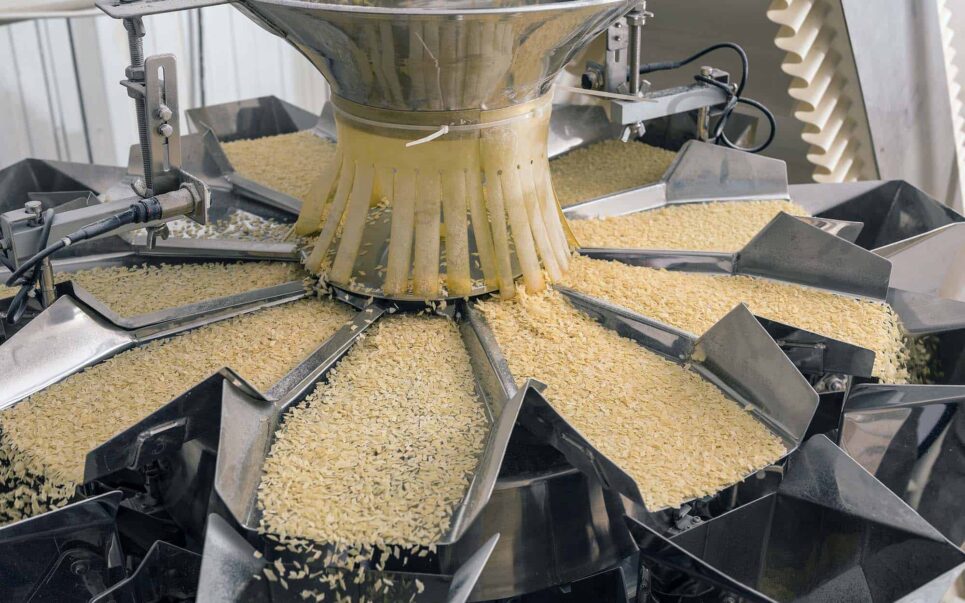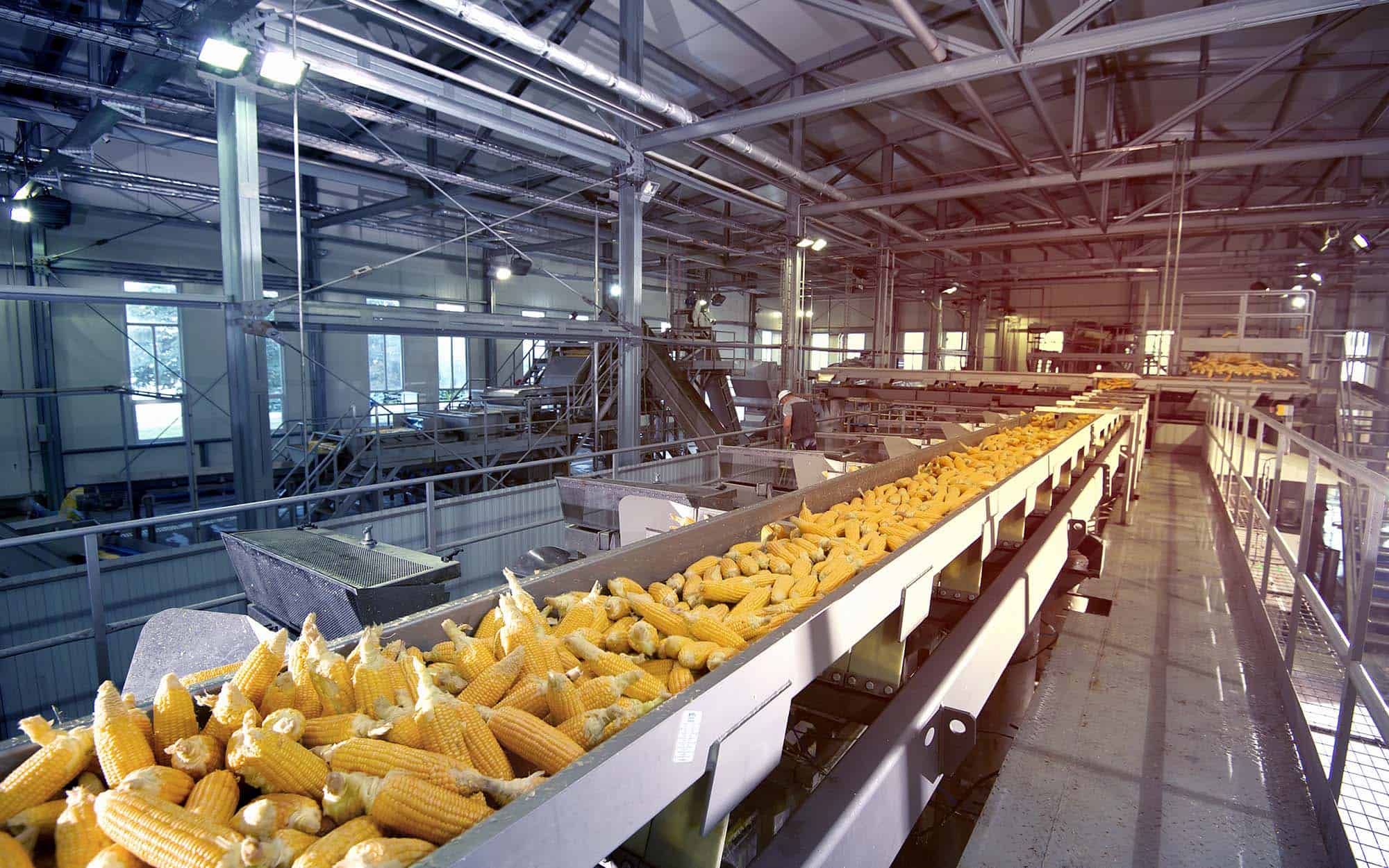Understanding the FDA’s Metal Limits in Food Products

The U.S Food and Drug Administration (FDA) largely focuses on combating heavy metals – not because they don’t like Iron Maiden – but because metallic particles in food products are a serious safety hazard to consumers.
In fact, the regulations began over half a century ago, when the FDA created the Total Diet Study (TDS), which was a program that monitored for radioactive contamination in food.
However, it’s important to note the food processing industry is nearly unrecognizable compared to the 1960’s. As the industry evolved, the FDA did too. Now, every manufacturer is held to a strict safety standard, which limits the amount of chemical, plastic, and metal contamination in their food products.
For producers and consumers alike, here’s what you currently need to know about the FDA’s metal limits in food.
Why Are We Finding Metals in Food Products?
Metals, just like every other naturally occurring element, often enter our food supply through several different factors, including:
- The air, water, and soil used to grow the crops (which vary depending on geographical differences and past contamination)
- The type of crop, and how much “uptake” there is of specific environmental elements
- And, most importantly—poor food processing procedures
Regardless of the cause, every business involved in the supply chain shares the same responsibility: reducing toxic metal contamination before food products reach consumers.
Closer to Zero: The FDA’s Plan To Reduce Toxic Metals
In February 2021, standards regarding the FDA’s metal limits in food changed with the announcement of their plan “Closer to Zero,” which aims to make consumable products safer.
According to the FDA, their new objective “identifies actions the agency will take to reduce exposure to (toxic metals) from foods eaten by children to as low as possible.”
Essentially, they want to reduce the concentration of heavy metals in food products, and anticipate doing so through a three-stage approach that includes research, regulatory, and outreach efforts:
Stage 1: April 2021 to April 2022
The first phase of the FDA’s plan focused on toxic metal contamination, which they evaluated through consultations, workshops, and scientific meetings. From there, they were able to:
- Engage with stakeholders to assess feasibility and best practices
- Draft action levels for metal contamination in viscous and non-viscous liquid food products
- Make progress in evaluating the effects of metal contamination, and the dose-response to establish reference levels
The first stage wrapped up with the completion of the FDA’s guidance for metals in juice products , which can be accessed here.
Are you a food processor looking to comply with new FDA regulations, and reduce the risk of metal contamination in viscous and non-viscous liquid products? Good news; Magnattack® is a trusted provider of liquid pressure pipeline separators.
Stage 2: April 2022 to April 2024
This spring marked the beginning of the second phase, where over the next two years, the FDA hopes to:
- Issue regulation pertaining to metal hazards, seen in the Hazard Analysis and Risk-Based Preventive Controls for Human Food
- Publish results from sampling assignments for different foods and liquids
- Publish an updated Total Diet Study, including results as they relate to toxic metals (to occur biannually)
- Publish exposure assessments for toxic metals (to occur biannually)
Stage 2: April 2022 to April 2024
The last phase is set to begin in the spring of 2024, with the hope the previous stages helped lay the groundwork for changes. If successful, they plan to review new scientific data, assess progress on reducing metals in foods, and evaluate the feasibility of attaining even lower levels.
In addition to the proposed timeline, the FDA also plans to:
- Conduct toxicological research on the impacts of metal on adolescent development
- Create new dose-response models to consider the probability of other adverse health effects in different sub-populations
- Evaluate the potential impact of new technologies, interventions, or mitigation controls to reduce exposure and the risk to consumer health
With these proposed changes, it’s clear the FDA is doing their part to reduce toxic heavy metals. But what can you, as a food processor, do to lower the levels of heavy metals in your product?

Common Questions About Reducing the Level of Heavy Metals in Food Products
Let’s face it, the legislation and constant changes surrounding the FDA’s metal limits in food can be confusing, and you might have a few questions, like:
What Are the Current Metal Detection Standards for the Food Industry?
The FDA’s Health Hazard Evaluation Board states that, “metal fragments 0.3 inch–1 inch (7mm–25mm) in length are unacceptable if found in any products.” However, that doesn’t mean foreign objects less than 0.3 inches (7mm) are safe for consumption, as metal particles of this size can still cause serious injuries. That’s why your business must take action to reduce the amount of toxic elements in your food products.
How Can My Business Reduce the Amount of Toxic Elements in Our Food Products?
Investing in high-quality magnetic separation equipment is by far the best action your business can take to reduce the levels of heavy metals in your food products. Magnetic separation systems are an extremely effective way to identify metal fragments, collect them, and make your food safer for consumers.
Magnattack®: Your Top Choice for High-Quality, Dependable Magnetic Separation Equipment
At Magnattack®, our magnetic separators are a sanitary, robust, and versatile way to reduce metal contamination.
All of our systems come equipped with top-of-the-line RE80® Magnet Technology. Combine this with over 50 years of hands-on experience in the food industry, and you have a magnet provider capable of delivering an unmatched level of foreign metal control.
Looking to protect your product, brand, and consumers? Have a look at our complete listing of magnetic separators, or start a conversation with the experts to learn more.